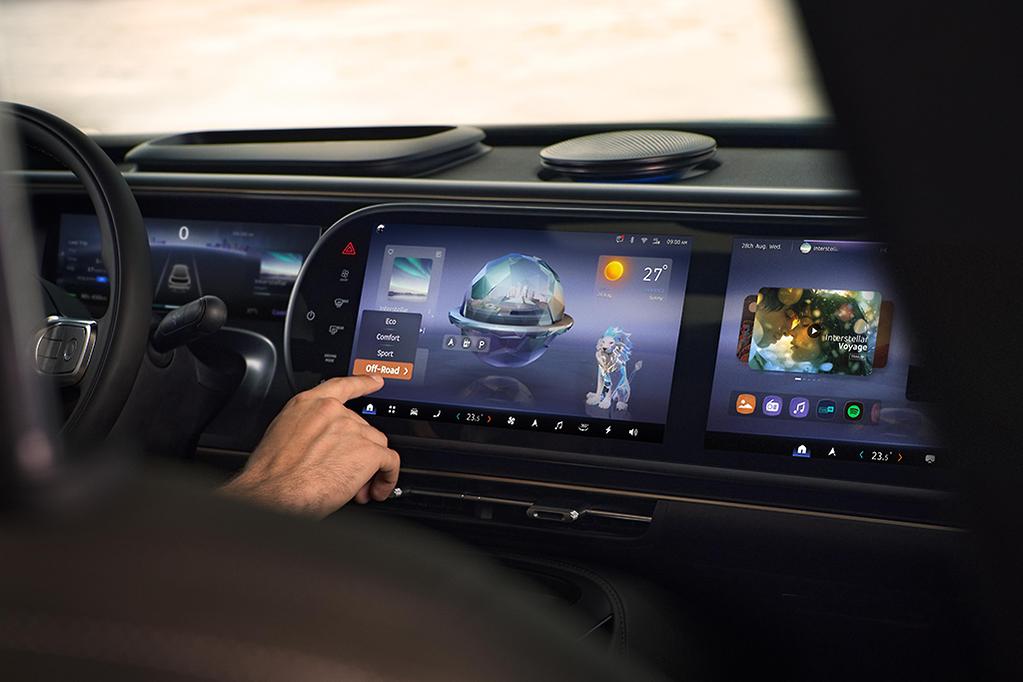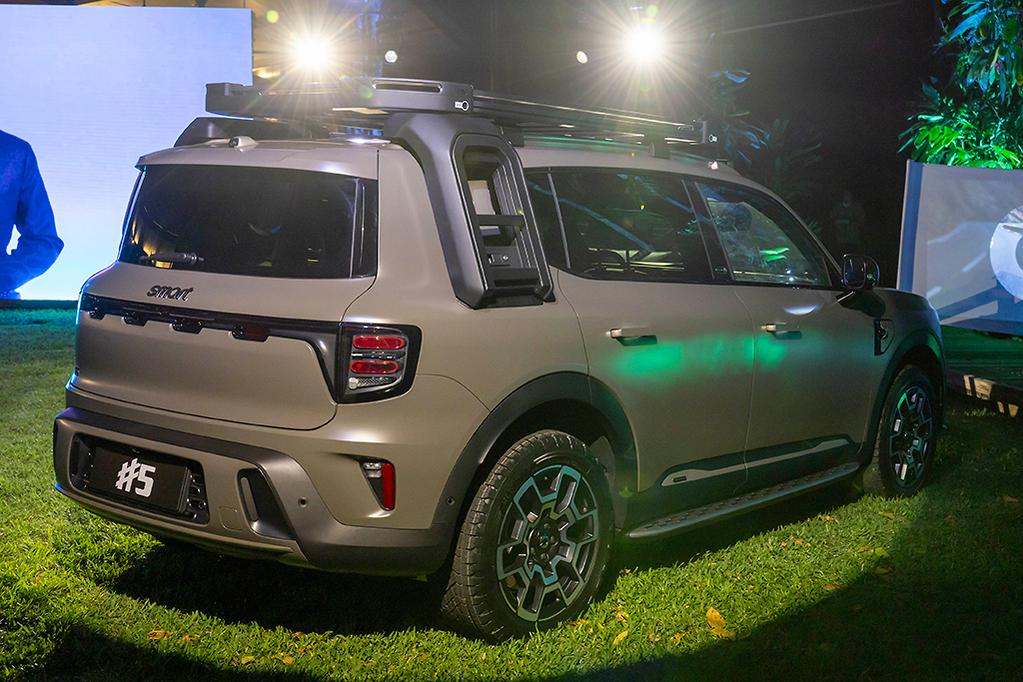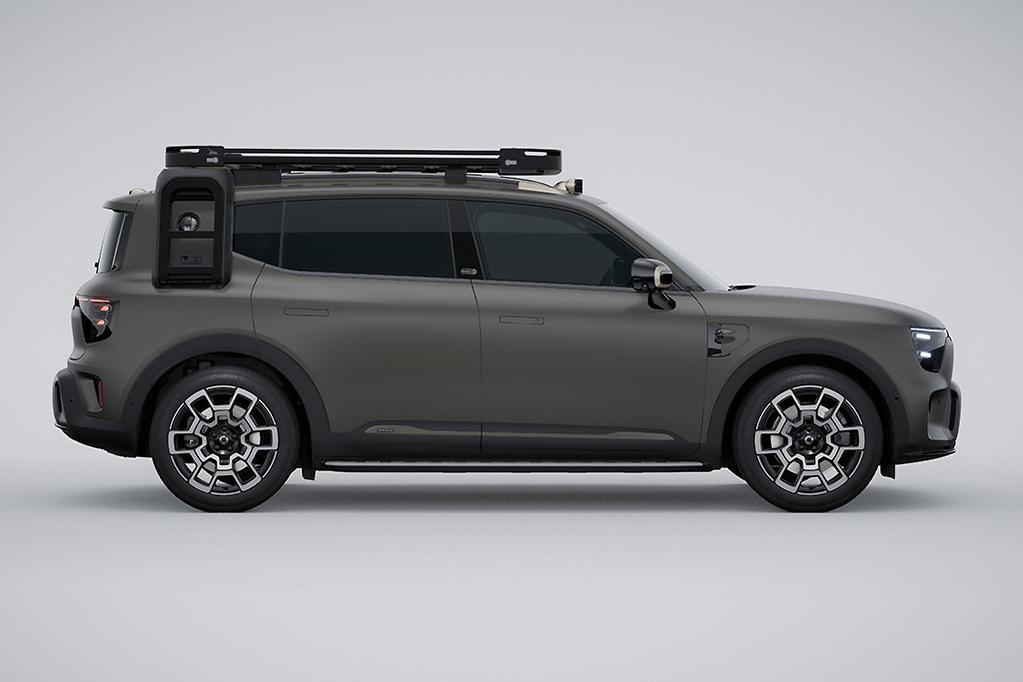Smart is using artificial intelligence to help design its next-generation vehicles and the automaker is confident it will continue to do so in the future, especially for EVs.
“AI just blocks your chances,” said boss Kai Sieber.
“What’s next, is that we’re working a lot with AI, but the key is always to keep your mind.

“It’s easy to get carried away by what can be done with AI, then you can do what the tool wants because it surprises you, you fall in love.”
Anyone who has played with an AI image generator will know this satisfaction, especially since artificial intelligence tools have become very adept at translating key words into finished images.

The use of AI tools has been welcomed by Smart’s design departments, while Sieber tells carsales how AI has become an important tool in the early stages of design, placing it somewhere between pencil drawings on paper and the emergence of colors.
AI’s value to designers lies in its ability to quickly produce iterative expressions based on a single idea, helping to improve designers’ writing rather than completely changing it.
Can AI build a car from the ground up, though?
It may be rude, but the car industry sees it as another tool for manufacturers to use during the thinking process.
From Sieber’s point of view, knowing when to move away from AI and return to traditional tools is important.

“At some point, you lose sight – that’s not what I wanted to make,” he said.
“The important thing is that we have to lead the instrument, and I’m always careful not to just follow the instrument, because that’s when you don’t know the design.”
“Car design has to be clear and honest and recognizable, it has to touch a person.”
Talking about the design # 5 that takes Smart in the box segment, straight SUVs for the first time, Sieber said that for a short time the brand is going to a car that looks more like a Tesla Model Y than an exterior two-box wagon was unveiled in Byron Bay last week.
“The first discussion was that, well, with an EV, we want all the models we can get to make an SUV like the Tesla Y, but it’s not very smart,” he said.

“So, the Smart approach is that we have to be honest. For a two-seater you want it to be as small as possible, but if it’s an SUV, you really want it. they want it to look like an SUV.
“In short, when you tell a child to ‘draw an SUV’, you get a box. So, I want to have a box, we want to have a box.”
However, the results of chasing the beauty of the box were confusing on a large scale.
According to Sieber, convincing Smart’s senior management to allow the #5’s vertical appearance through the seats took some negotiation.
“It started this discussion that we would not benefit from the good air traffic, and we would lose 15 or 20 kilometers of autonomy,” he said.
“We also had a discussion with the board and we had, until the end, the most competitive ideas.

“Then we managed to convince everyone about the concept of the box, because we thought that by 2025-2026, various concerns and battery technology will be better, and we convinced everyone that. #5 would be enough.”
So far the only battery confirmed for the Smart #5 is a 100kWh NCM pack, although some insiders have told us that this won’t be the only battery option.
With a range of 740km in the Chinese CLTC test when you have a 100kWh battery (expect a real-world number closer to 600km), it’s clear that the quest for a strong and stylish look has come to an aerodynamic penalty, but it’s difficult. compromising what Smart – and Sieber – thinks is worth making.
Related: Polestar is turning to AI to create future models
Related: Google will expand the AI capabilities in Android Auto
Related: Smart ForTwo is set for #2 rebirth
#build #car #carsales.com.au